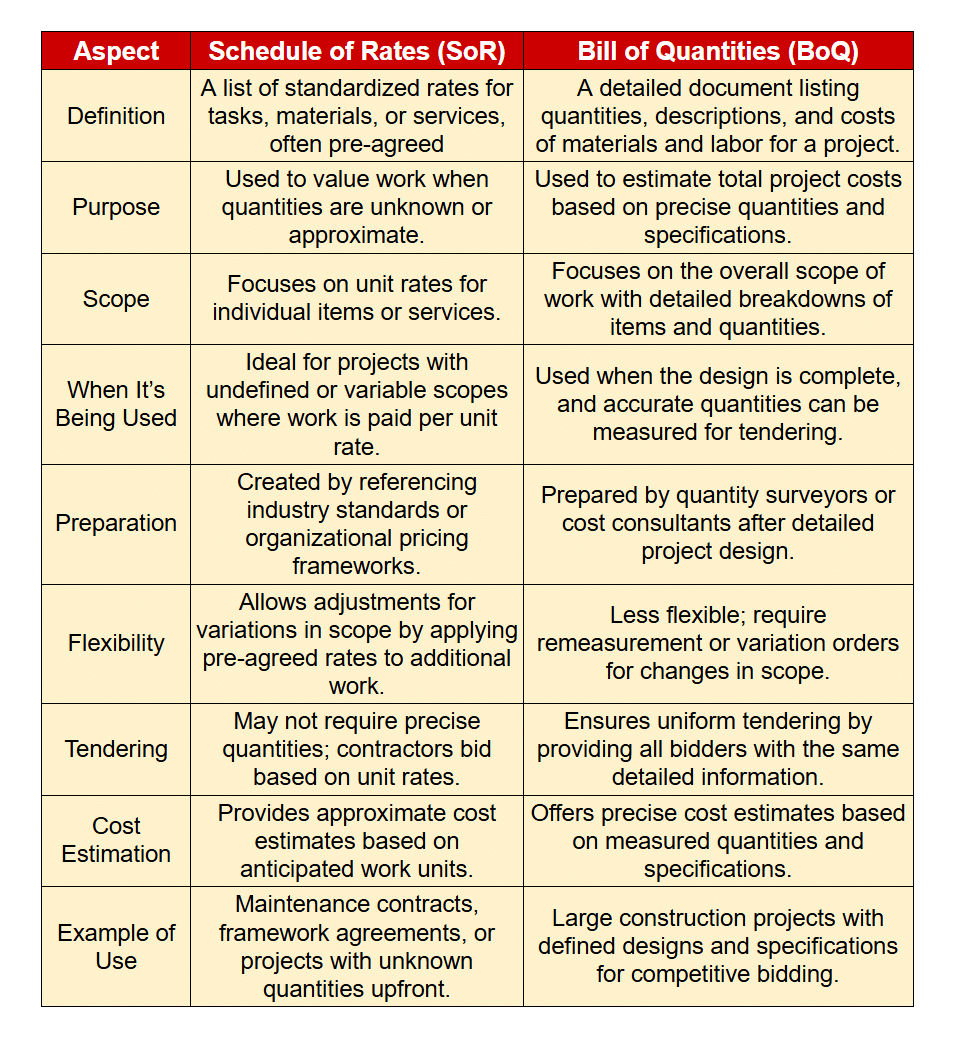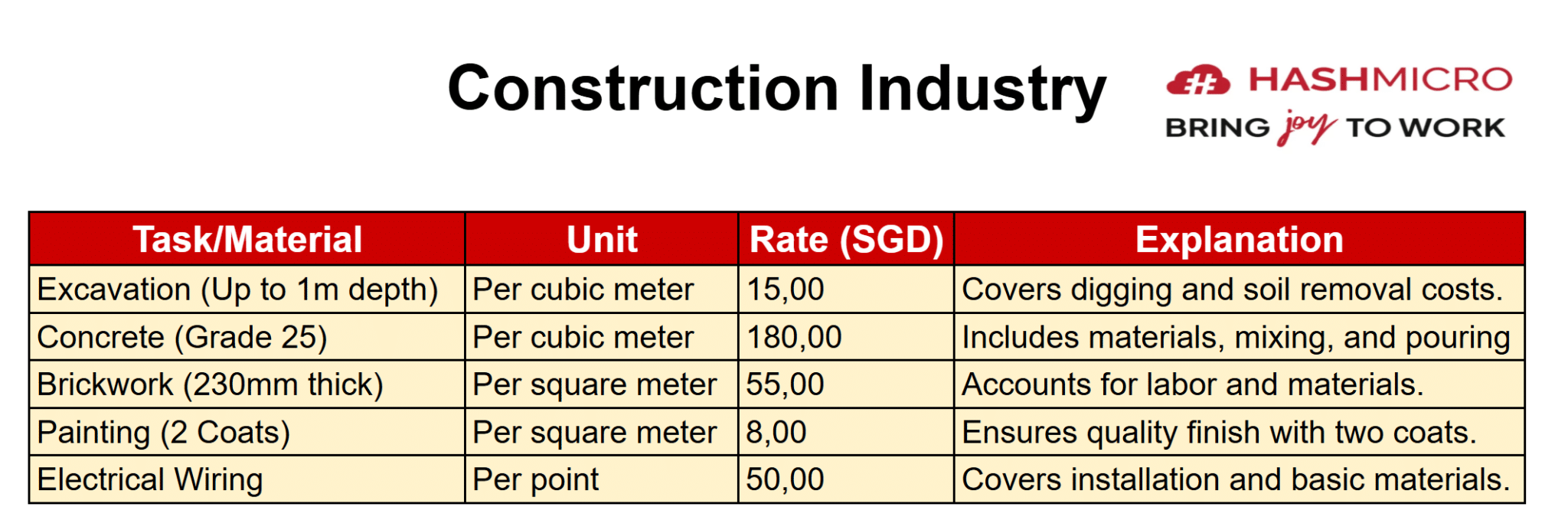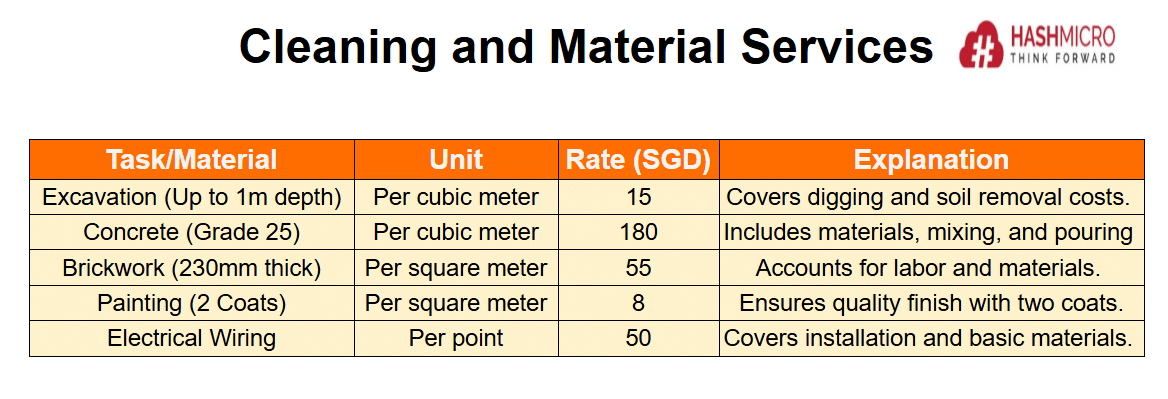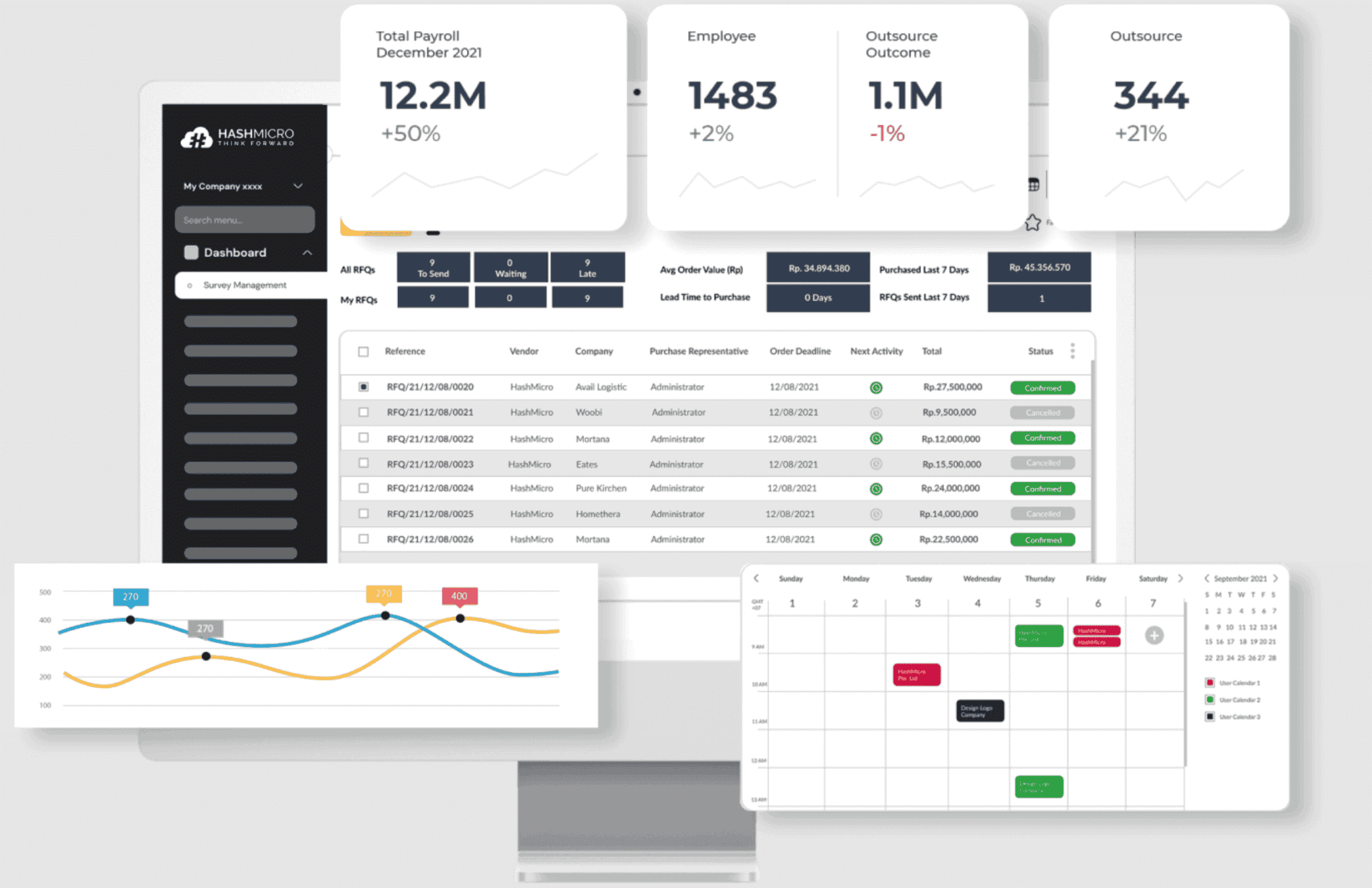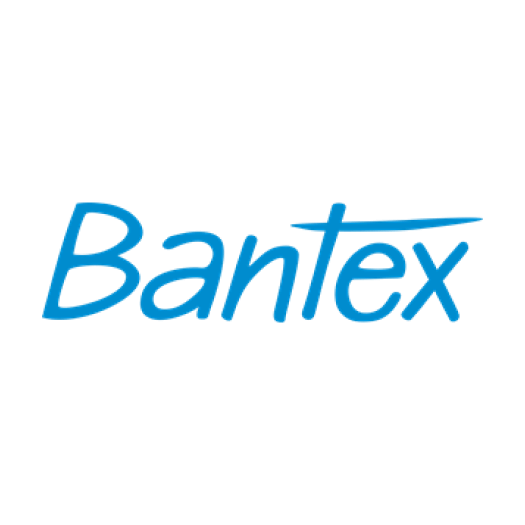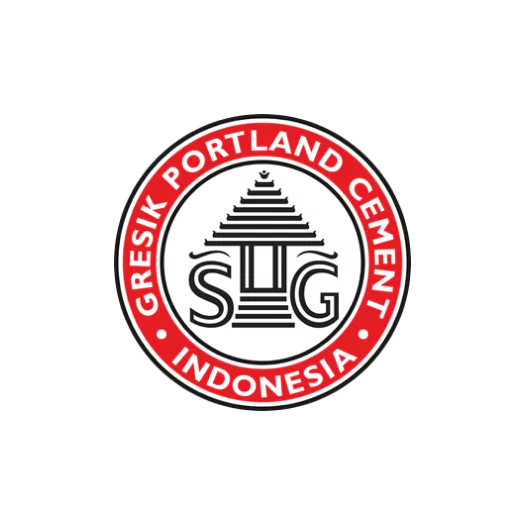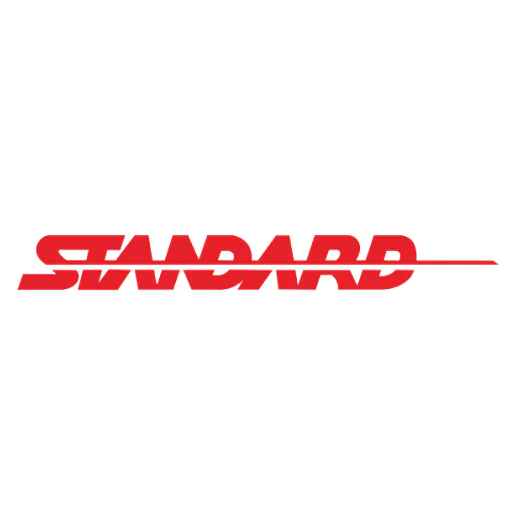If you are a steel factory manager, you aim to increase production while reducing operational costs. A Schedule of Rates (SoR) approach helps you estimate costs and set prices for materials, services, and labor, making it easier to calculate expenses and optimize resources.
However, using SoR effectively comes with challenges such as setting accurate rates, managing fluctuating market conditions, and integrating SoR into existing systems. These issues can lead to discrepancies and inefficiencies.
Which is why, HashMicro’s Manufacturing Software addresses these challenges by enabling accurate cost tracking, real-time forecasting, and adjustments in response to market changes.
This streamlines operations, enhances financial control, and supports data-driven decisions for continuous improvement. Try to explore more by reading further this article on how the Schedule of Rates can benefit your business.
Key Takeaways
|

Table of Content:
Table of Content
What is the Schedule of Rates?
A Schedule of Rates (SoR) is a document listing fixed costs for tasks and services in a project, covering labor, materials, and equipment. Unlike traditional estimates, which focus on quantities, an SoR is based on specific tasks, making it ideal when the scope is uncertain.
This approach offers flexibility, enabling businesses to manage projects efficiently even when exact quantities are undefined. By listing work units (e.g., per hour, per square meter) and their corresponding rates, an SoR helps businesses control costs and avoid renegotiating contracts for unforeseen changes.
Key components include work descriptions, units of measurement, and rates, allowing businesses to maintain transparency, manage risks, and ensure clear cost calculations throughout the project lifecycle.
What is the Purpose of the Schedule of Rates?
The purpose of a Schedule of Rates (SoR) is to provide businesses with a clear, flexible framework for managing project costs, especially when the full scope of work isn’t defined upfront. It sets predetermined rates for tasks such as labor, materials, and equipment, helping businesses calculate expenses accurately and avoid cost overruns.
This approach enables more reliable cost estimation, even when project requirements change unexpectedly. What makes an SoR particularly valuable is its ability to adjust to unforeseen project changes. As work evolves, the predefined rates allow businesses to quickly assess the cost impact of these changes, without needing to renegotiate contracts.
This flexibility ensures that companies can stay on budget, even when the scope of the project fluctuates. Additionally, a Schedule of Rates helps streamline cost management by clearly outlining each work item and its associated rate.
This transparency ensures that businesses can easily compare prices from different contractors or suppliers, making it easier to control expenses and optimize project delivery. Overall, an SoR offers businesses the reliability and flexibility they need to effectively manage costs and stay competitive.
How is the Schedule of Rates Being Used by Businesses?
The Schedule of Rates (SoR) serves as a structured framework that businesses use to standardize rates for various transactions, resources, and services. It’s commonly utilized across industries like construction, finance, and project management, helping businesses manage costs and streamline operations. Here’s how it’s effectively used in different areas:
-
Costing and budgeting
Businesses calculate labor, material, and non-labor costs by applying predefined rates, ensuring accurate budgets and financial forecasts. This clarity helps businesses manage expenses from the get-go, whether it’s for regular labor costs or for calculating the use of specific equipment.
-
Billing and revenue management
They allow businesses to determine accurate billing amounts for clients by applying predefined rates, ensuring transparency in invoicing for both labor and non-labor transactions.
Moreover, rate schedules are essential in financial planning, providing organizations with a reliable way to forecast revenues, align project budgets, and keep operations in check.
-
Project management
It relies on rate schedules to allocate costs to specific tasks and activities. This simplifies tracking and adjusting project costs, ensuring everything stays within budget. Furthermore, rate schedules help businesses set pricing strategies, define profit margins, and stay competitive.
-
Regulatory compliance
Here SoRs play a key role by ensuring cost transparency and adherence to industry standards, ultimately contributing to smooth operations and financial integrity. By providing a clear framework for cost allocation, businesses can make informed decisions, minimize financial risks, and enhance profitability.
Whether it’s managing day-to-day operations, planning for future projects, or ensuring compliance with regulations, the Schedule of Rates offers businesses the tools to maintain control, optimize resources, and achieve consistent financial outcomes.
What are the Benefits of Using a Schedule of Rates?
After you understand how it is being used by businesses, this section explains various benefits the schedule of rates could offer to businesses. By defining clear rates for labor, materials, and services, SoRs provide businesses with a reliable framework for budgeting, estimating costs, and managing resources effectively.
In industries such as construction, project management, and procurement, SoRs help businesses maintain transparency, control costs, and foster fair competition. Here are some of the benefits it could possibly offer:
-
Enhanced cost control
By establishing predefined rates for different project components, SoRs enable businesses to predict costs with greater accuracy, reducing the risk of budget overruns. This structure ensures that all expenses, from labor to materials, are accounted for and managed efficiently.
-
Transparency and fairness
SoRs create a level playing field by ensuring all parties use the same rates for pricing, reducing the chances of inflated bids during tendering processes. This transparency not only promotes fair competition but also minimizes the potential for disputes over costs, as work is valued according to the established rates.
-
Efficiency in contract management
Managing contracts becomes more straightforward with SoRs, as they provide a clear reference point for pricing variations and additional work. This reduces the time spent on negotiations and allows businesses to adjust project scopes flexibly without the need for extensive contract amendments.
-
Flexibility
One of the key advantages of SoRs is their adaptability. Whether a project experiences changes in scope or unforeseen circumstances arise, SoRs allow businesses to maintain control over costs while still adjusting to evolving project needs, all without disrupting timelines or project flow.
-
Standardization
SoRs help businesses standardize pricing across multiple projects, ensuring that costs are aligned with current market rates. This consistency makes cost estimation more accurate and helps in benchmarking against competitors, improving market intelligence and future planning.
-
Time and cost savings
The use of SoRs significantly cuts down on time spent negotiating individual rates for each project task. By having predefined rates in place, businesses can move through the planning and execution phases more quickly, while also simplifying billing and payment processes to reduce administrative costs.
-
Improved quality assurance
Fixed rates under SoRs encourage contractors to uphold quality standards. Since the rates are predefined and transparent, contractors are incentivized to meet the agreed-upon terms without compromising on the quality of their work to lower costs.
-
Risk mitigation
SoRs help mitigate risks by providing a documented, agreed-upon pricing structure. This transparency reduces the likelihood of legal disputes over pricing and ensures that businesses are not exposed to unexpected financial liabilities.
What are Differences Between Schedule of Rates and Bill of Quantites?
The Schedule of Rates (SoR) and the Bill of Quantities (BoQ) are two essential tools used in construction and project management. While both are crucial for effective project costing, they differ in their purpose, scope, and application. Take a look at the table below for comparison to highlight their key differences:
Both tools are crucial in their respective contexts, and when used together, they can provide a comprehensive approach to project management and cost control, particularly in the diverse and dynamic business environment of Singapore.
What is the Example of the Schedule of Rates?
A well-defined Schedule of Rates (SoR) is essential for businesses to manage costs efficiently, streamline contract negotiations, and ensure pricing transparency. It serves as a standardized framework that companies across various industries use to estimate costs, set pricing structures, and facilitate billing.
Whether in construction, IT services, or facilities management, rate schedules provide a reliable reference for budgeting and financial planning.
By implementing a structured SoR, businesses can avoid cost overruns, enhance operational efficiency, and maintain consistency in pricing. Below are some industry-specific examples of how businesses apply rate schedules in their operations.
1. Construction industry
Construction firms frequently use SoRs to estimate project costs, manage budgets, and create transparent pricing structures for clients. Standardized rates help contractors bid competitively while ensuring fair pricing across the industry.
2. IT and software services
Within the tech industry, predefined rates ensure transparency in pricing software development, IT support, and cybersecurity services. Clients benefit from clear expectations, while service providers can quote projects more accurately.
3. Cleaning and maintenance services
For businesses in facilities management, SoRs ensure consistent pricing for routine and specialized cleaning services, reducing disputes and improving service efficiency.
Why These are Matters for Businesses?
With a structured rate schedule, businesses can ensure pricing consistency, improve cost management, and simplify financial planning. This not only enhances transparency but also helps in building trust with clients and suppliers. Regardless of industry, an effective SoR contributes to smoother operations and better financial control.
What are the Challenges of Using a Schedule of Rates?
While a Schedule of Rates (SoR) is a valuable tool for cost control and contract management, businesses must navigate several challenges to ensure its effectiveness. From maintaining accuracy to preventing disputes, addressing these issues proactively can help companies maximise the benefits of an SoR while minimising risks.
-
Complexity and ongoing maintenance
Developing an SoR is not a one-time task; it requires significant time and expertise. Businesses must carefully define rates for different tasks, materials, and services, ensuring they reflect real-world costs. However, the challenge doesn’t stop there.
Frequent updates are essential to keep up with market fluctuations, rising material costs, and evolving labour rates. Without regular reviews, businesses may face cost discrepancies, which could lead to budget overruns and potential disputes with contractors.
-
Ensuring accuracy and completeness
An effective SoR must provide precise and comprehensive pricing details. Inaccurate rates can create major financial risks, leading to differences between estimated and actual costs. When costs are not correctly accounted for, projects may experience financial strain, requiring adjustments that disrupt budgeting and scheduling.
-
Inflexibility in changing market conditions
One of the biggest challenges of using an SoR is its rigid structure. Once the rates are fixed, businesses may find it difficult to make changes, even when market conditions shift. This lack of flexibility can limit opportunities to optimize costs or take advantage of better pricing options.
-
Risk of misuse and cost escalation
If not managed correctly, an SoR may lead to higher costs instead of savings. Outdated rates can distort project budgets, while unclear cost structures may create room for manipulation. Furthermore, businesses may require additional resources to verify whether the agreed rates accurately reflect actual costs incurred.
-
Contractor incentives and project delays
An SoR typically compensates contractors based on the volume of work completed. While this ensures a fair valuation of tasks, it can sometimes lead to unintended consequences.
Contractors might not be incentivised to complete work efficiently, as prolonging the project could generate additional revenue. This can lead to delays, increased costs, and inefficiencies.
-
Interpretation issues leading to disputes
Disagreements may arise when subcontractors interpret an SoR differently from the main contractor or client. For instance, they might claim that certain rates only apply to specific conditions, such as particular project sizes or durations. If there is ambiguity in how rates should be used, disputes can disrupt project flow and lead to additional costs.
How HashMicro Manufacturing Software Could be the Best Solution for Your Business?
HashMicro’s Manufacturing Software is an all-in-one solution designed to help businesses in Singapore streamline their Schedule of Rates (SoR) management. SoR management is critical in industries where cost control, accurate pricing, and efficient production are essential to maintaining profitability.
This software provides businesses with the tools needed to tackle the complexities of SoR management by improving cost accuracy, scheduling, flexibility, and risk reduction.
In doing so, it enables companies to make informed decisions, optimize their operations, and stay competitive in a dynamic market. Here’s how HashMicro’s Manufacturing Software can help your business achieve greater operational success:
-
Ensure accurate pricing & cost control
First and foremost, Manufacturing Cost Actualization & BoM Cost Forecast ensures that businesses can align their actual production costs with their planned budget. This reduces discrepancies and keeps your SoR pricing precise and up-to-date.
Additionally, with Real-Time Stock Input and Output for Production, businesses can maintain accurate material cost calculations, protecting themselves from price fluctuations that could otherwise lead to financial risks.
-
Simplify sor management
Managing SoR can be complex, but Manufacturing Gantt Chart Schedule Management streamlines production scheduling. This eliminates confusion when applying rates, ensuring smooth operations throughout the production process.
Moreover, the Stock Requisition Based on Planned Production feature ensures that materials are available exactly when needed. This helps businesses maintain SoR consistency without running into unnecessary cost overruns, enhancing overall efficiency.
-
Stay flexible to meet market demands
In today’s fast-paced market, flexibility is crucial. Manufacturing Planning & Work Order Tracking enables businesses to adapt their SoR pricing dynamically based on changing market conditions. This means businesses can remain competitive, adjusting rates as necessary without being locked into rigid pricing structures.
Unbuild Order Management further adds to this flexibility, allowing businesses to modify work orders easily while ensuring that pricing adjustments are fair and transparent.
-
Reduce financial & operational risks
To mitigate financial and operational risks, OEE Tracking (Overall Equipment Effectiveness) ensures that your equipment is being used optimally. This means your SoR pricing is based on actual productivity, rather than assumptions or inefficient operations.
Additionally, Manufacturing Quality Control guarantees that your products meet SoR-based quality standards. This not only reduces the chance of disputes but also ensures customer satisfaction, which is key to maintaining long-term business relationships.
-
Improve contractor & subcontractor performance
When it comes to managing external partners, Made to Order Completion Forecast is an invaluable tool. It accurately predicts order completion times, helping businesses avoid delays and stay within budget.
Furthermore, Manufacturing Subcon Management allows you to monitor subcontractor efficiency, reducing the risk of overbilling and ensuring that SoR agreements are followed fairly.
By incorporating HashMicro’s Manufacturing Software, businesses in Singapore can streamline their Schedule of Rates management. This ultimately leads to improved decision-making, better cost control, and enhanced profitability, all while minimizing risks and maintaining operational success.
Whether you’re in manufacturing or other industries, HashMicro provides the tools you need to thrive in a competitive market.
Conclusion
Effective Schedule of Rates (SoR) management is crucial for maximizing profitability and efficiency in today’s competitive manufacturing landscape. By ensuring precise cost control, optimizing production schedules, and minimizing financial risks, businesses can enhance overall performance.
With real-time stock tracking and cost alignment, companies stay ahead in a fast-paced market. Meanwhile, dynamic work order tracking and equipment monitoring improve productivity while effective subcontractor management prevents unnecessary expenses.
HashMicro’s Manufacturing Automation simplifies SoR management, streamlining processes, improving cost accuracy, and boosting operational efficiency. By reducing manual effort, it lets your team focus on growth and productivity. Take the next step toward smarter operations; try our free demo today and see the transformation firsthand.







